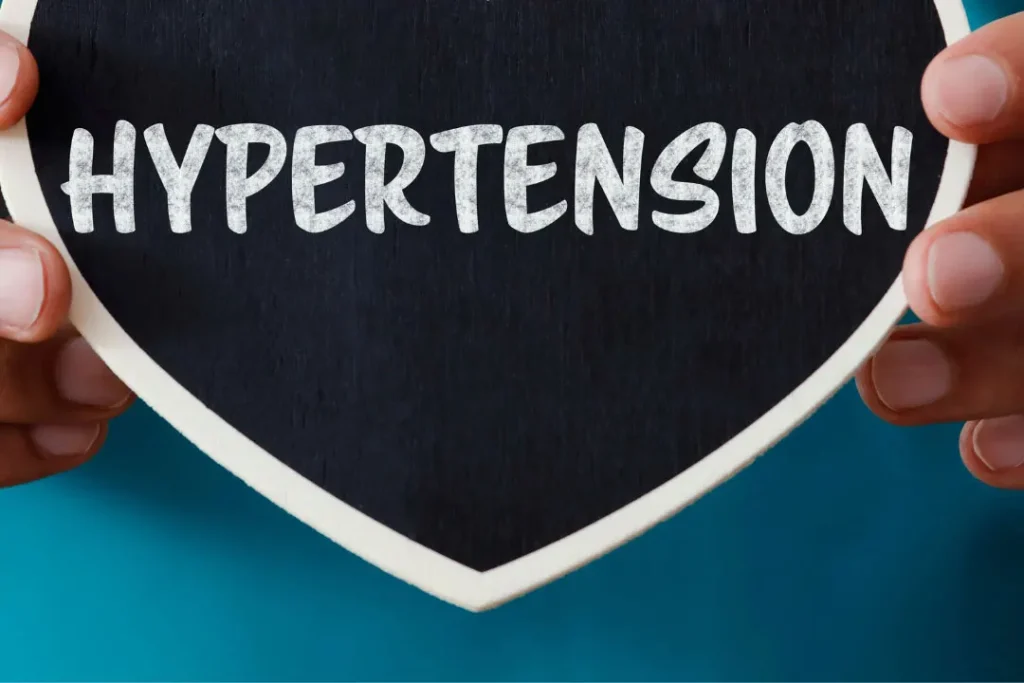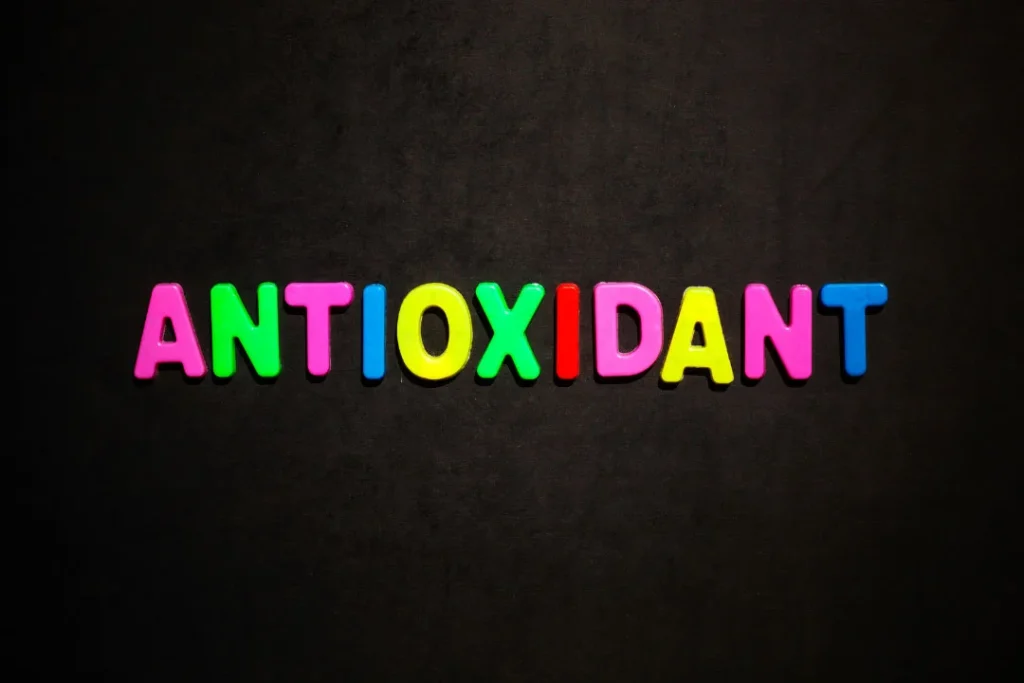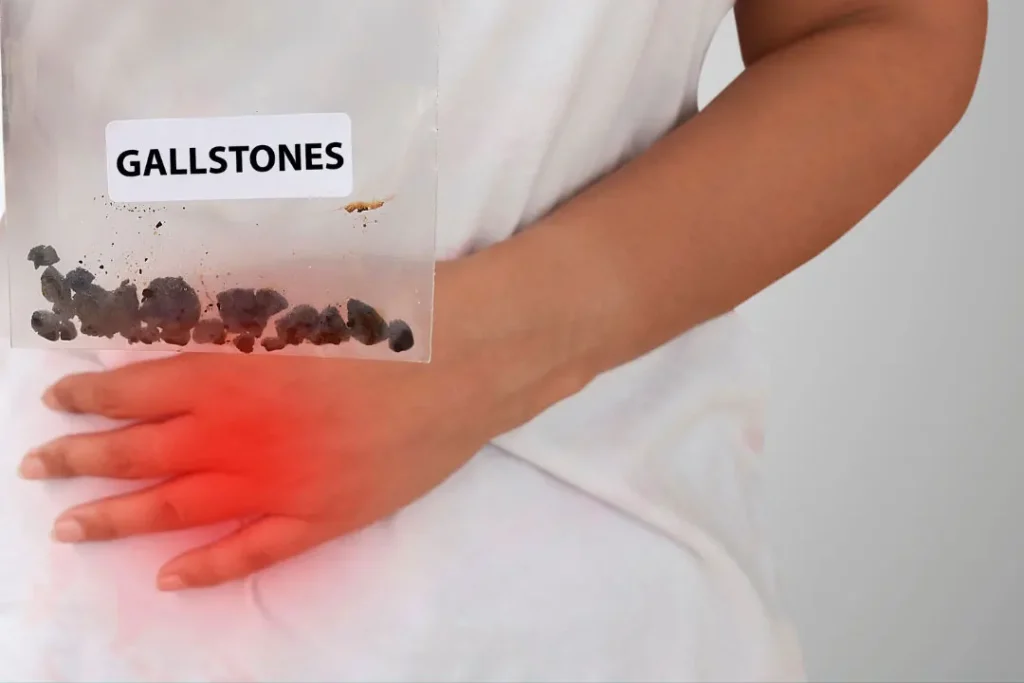Chanca piedra, or Phyllanthus niruri, is a plant native to the Amazon jungle. Its name, which translates from Spanish as “stone breaker,” was given to it because kidney stones were traditionally treated with it. Chanca piedra’s chemical makeup, potential health advantages, ideal dose, potential side effects, and any possible interactions with other drugs will all be outlined in this in-depth article.
Discover Amazon’s Top Chanca Piedra Supplements for Kidney and Body Health—Explore Now!

You May Also Like:
Finding the Best Supplements for Brain Fog After COVID: 5 Top Brands Reviewed
The Nature of Chanca Piedra
Chanca piedra thrives in warm areas. Its extensive geographic range includes the Amazon rainforest, parts of Africa, and the Caribbean. It can also be found in India and China. The plant has short, oblong leaves and smooth, little fruit, reaching a height of about two feet.
Chanca Piedra is known for its diverse health-promoting characteristics. The whole plant—including its leaves, stems, and fruits—have been used in traditional medical practices. Chanca piedra preparations come in the form of teas, tinctures, capsules, or extracts, and each method is intended to treat a particular health issue.

Health Benefits of Chanca Piedra
There are many medicinal uses of chanca piedra. Its most well-known use is for treating kidney stones, a claim supported by some scientific research. It is believed to help in urinary tract stone removal and breakdown.
Chanca piedra has also been used to treat liver diseases because of its hepatoprotective properties. More study is required to confirm these practices, but theycan help manage diabetic and malaria symptoms, lower inflammation, and regulate hypertension.

Chemistry of Chanca Piedra
Chanca piedra has a wide range of physiologically active substances, which contribute to its many health advantages. Alkaloids including phyllanthin, hypophyllanthin, lignans, flavonoids, and polyphenols are some of its main components. It also has terpenes, saponins, and tannins in it.
Each of these ingredients plays a part in how the plant works pharmacologically. For instance, research has shown that the alkaloids phyllanthin and hypophyllanthin have hepatoprotective characteristics, while the plant’s flavonoids also have antioxidant properties.

Physiological Propertiesof Chanca Piedra
The many pharmacological benefits of chanca piedra are attributed to its complex chemical makeup. Hepatoprotective, antiviral, antibacterial, anti-inflammatory, and diuretic properties are only a few of them.
Chanca piedra’s alkaloids, phyllanthin and hypophyllanthin have shown to have the ability to protect the liver from oxidative damage. They are responsible for its hepatoprotective effects. This makes chanca piedra a possible treatment for diseases connected to the liver.
The plant’s flavonoids and other phenolic chemicals prevent harmful microbes from growing and proliferating, and they are responsible for its antiviral and antibacterial properties.
Regarding its renowned “stone-breaking” nickname, chanca piedra facilitates the transit of stones by relaxing the muscles in your urinary system. To prove this process, however, further investigation is required.
Unlock Health Benefits with Amazon’s Best Chanca Piedra Supplements—Shop Now!

Optimal Dosage of Chanca Piedra
The ideal dose of chanca piedra may be difficult to determine since it varies on a number of variables. These include your age, general health, and the illness you are trying to treat. There is no “standard” dose, and the majority of studies to date have used a range of amounts. Product formulations and dosages may vary, so figuring out the ideal chanca piedra dose can be difficult. The manufacturer’s dose recommendations should always be followed, otherwise your healthcare provider should be consulted. The dose could also change depending on the medical condition being treated.
Chanca piedra should be taken as an herbal tea, pill, or tincture. The usual daily dosages are split into two or three doses and vary from 500 mg to 2,000 mg. It is crucial to remember that each person will react differently to Chanca Piedra, therefore it is best that you start at the lower end of the dose range and gradually raise it as needed.
We strongly suggest to take chanca piedra for the prescribed amount of time as directed by your healthcare practitioner, while taking it to strengthen your kidneys or to help with gallstones. A therapy regimen may typically last a few weeks to many months. During this period, it’s crucial for you to follow-up with your healthcare practitioner often and document your progress.
It is important to keep in mind that the ideal chanca piedra dose may vary depending on your age, general health, and if you have any underlying medical concerns. Therefore, before beginning a new supplement regimen, it is always good to obtain advice from your healthcare practitioner.

Side Effects of Chanca Piedra
When taken sensibly, chanca piedra is often regarded as safe for most people. Although they are normally minor and uncommon, side effects are possible with this product, as with any dietary supplement or herbal medicine. Before beginning chanca piedra supplementation, it is crucial for you to be informed of the possible negative effects. It is advised to stop using and get medical help if any negative side effects happen.
- Digestive Discomfort: Some people may suffer moderate digestive side effects such as nausea, stomach distress, or diarrhea. Typically, these symptoms are transient and go away on their own. To reduce the danger of stomach pain, it is best if you start with a small dose and gradually increase it.
- Allergic Reactions: Chanca piedra may cause uncommon allergic reactions. Skin rashes, itching, swelling, and breathing problems are just a few examples of allergic responses’ symptoms. It is important to seek medical assistance right away if any allergic reaction symptoms manifest for you.
- Medication Interaction: Chanca piedra does not have any known particular medication interactions, however it is always necessary to be aware of possible interactions with other drugs. Before beginning chanca piedra supplementation, if you are on prescription drugs or have underlying medical issues, you should speak with your doctor to establish its safety.
- Additional Potential Effects: Additional potential side effects of chanca piedra may exist despite the scientific study on its side effects. It is important to keep up with any fresh information or study on chanca piedra’s safety.

Potential Substance Interactions with Chanca Piedra
Despite the extensive research on chanca piedra and particular drug interactions, it is crucial to proceed with care and caution when starting this supplement. Take into account any possible interactions with other drugs or substances. Before mixing chanca piedra with other drugs or supplements, it is essential to get advice from your healthcare provider or pharmacist. They can provide you individualized advice based on your unique health profile and current drugs.
- Diuretics: Chanca piedra can have diuretic qualities, which means it may boost urination production and encourage your body’s fluid excretion. Chanca piedra may have an addictive impact when taken with other diuretics, which can increase the risk of excessive fluid loss. Dehydration or electrolyte abnormalities could occur from this. Therefore, before using chanca piedra with diuretic drugs, it is crucial to maintain fluid balance and speak with your healthcare provider.
- Drugs Used to Treat Diabetes: Chanca piedra can have hypoglycemic effects, which means it may reduce your blood sugar levels. Combining chanca piedra with other diabetes treatments, such as insulin or oral hypoglycemic drugs, may increase their effects and cause hypoglycemia, or abnormally low blood sugar. Chanca piedra should only be used in conjunction with other anti-diabetic drugs under the strict supervision of your medical practitioner and with regular blood sugar testing.
- Blood Thinners: According to some reports, chanca piedra has a modest anticoagulant effect, which suggests that it may just barely prevent blood clotting. It is crucial to use care while mixing chanca piedra with blood-thinning drugs like warfarin, aspirin, or other anticoagulants. Combining them can make bleeding more likely or interfere with how well the medicine works.
Transform Your Wellness with Amazon’s Best Chanca Piedra Supplements—Find Out More!

Best Responsible Uses of Chanca Piedra
Prioritizing safety, quality, and well-informed choices is crucial when thinking about the appropriate use of Chanca Piedra. Here are some recommendations for the finest ethical use of Chanca Piedra:
- Consult a Medical Expert First: It is advised to speak with your healthcare provider before beginning chanca piedra supplementation, especially if you have any underlying medical issues or are using medication. Based on your unique health profile, they may provide recommendations and direction that are tailored to you.
- Pick High-Quality Products: Pick products made by reputable and reliable manufacturers for chanca piedra. Choose goods that have passed quality inspections, and be sure to follow sound production standards. This guarantees the product’s safety, potency, and purity.
- Adhere to Dosage Recommendations: Follow the dose recommendations made by the manufacturer or a medical expert. If required, progressively raise the dose range starting at the lower end. Avoid going beyond the suggested dose since doing so might make side effects more likely to happen.
- Track Your Body’s Reaction: Keep track of how your body reacts to chanca piedra supplementation. Stop using it immediately and seek medical help if you have any negative side effects or unexpected symptoms. It’s crucial to regularly check your health to make sure the supplement is helping you and not hurting you.
- Use in Addition to Medical Care: Chanca piedra should not be used in place of medical care. Chanca piedra may have some possible health advantages, but it shouldn’t be used in lieu of expert medical guidance, diagnosis, or treatment. To find out how Chanca piedra may fit into your overall healthcare plan, speak with your healthcare professional.
- Maintaining a Holistic Approach to Health: Include chanca piedra in your daily routine. It needs to go together with a nutritious diet, frequent exercise, and other lifestyle choices. Remember that a variety of variables affect general health, and no one supplement can be the panacea.
- Stay Informed: Stay up to date on the most recent studies, scientific discoveries, and safety facts on chanca piedra. It’s crucial to stay educated when new data comes to light in order to make wise choices about the appropriate usage of the supplement.
Conclusion
Chanca Piedra has been known to have strong healt benefits, including the possibility in naturally curing kidney diseases, and aiding in the breakdown of kidney stones. If you have any diseases related to your kidney or have had any kidney related medical concerns, talk to your doctor before trying this supplement. Aside from having these positive benefits, chanca piedra also has many other health advantages that can additionally help you live a healthy life. Whether you prefer to take it in the form of pills, tea, or capsules, be sure to talk to your doctor before trying it.
Experience Natural Relief with Amazon’s Best Chanca Piedra Supplements—Shop Now!

References:
- Effects of adaptogens on the central nervous system and the molecular mechanisms associated with their stress-protective activity. Retrieved From: https://www.mdpi.com/1424-8247/3/1/188
- Phyllanthus niruri: A Review on Its Ethnobotany, Phytochemistry, and Pharmacology. Retrieved From: https://www.ncbi.nlm.nih.gov/pmc/articles/PMC5964101/
- Traditional uses, phytochemistry, and pharmacology of Phyllanthus niruri: A review. Retrieved From: https://www.researchgate.net/publication/272235685_Traditional_uses_phytochemistry_and_pharmacology_of_Phyllanthus_niruri_A_review
Important Note: The information contained in this article is for general informational purposes only, and should not be construed as health or medical advice, nor is it intended to diagnose, prevent, treat, or cure any disease or health condition. Before embarking on any diet, fitness regimen, or program of nutritional supplementation, it is advisable to consult your healthcare professional in order to determine its safety and probable efficacy in terms of your individual state of health.
Regarding Nutritional Supplements Or Other Non-Prescription Health Products: If any nutritional supplements or other non-prescription health products are mentioned in the foregoing article, any claims or statements made about them have not been evaluated by the U.S. Food and Drug Administration, and such nutritional supplements or other health products are not intended to diagnose, treat, cure, or prevent any disease.


